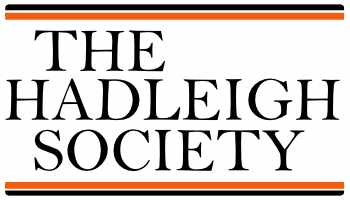

Welcome to the website of The Hadleigh Society.
The society was formed in 1982 by a group of local people hoping to share and encourage an interest in the history, environment and future of this ancient town with its remarkable heritage.
This website is work in progress; keep coming back to see how it develops. Please feel free to contact the relevant committee member if the information you seek is not yet in place.
The Hadleigh Society has three main aims. The following are extracts from our constitution…
The Hadleigh Society realises these aims by:
Membership is open to all who are interested in actively furthering the purposes of the Society.
The Society holds 5 or 6 meetings a year with speakers on subjects usually of environmental or historic interest, and an Annual General Meeting. You might be interested to see a list of our events over the past few years.
Occasional visits are arranged to places of interest, and to neighbouring amenity societies.
Members are kept in touch by a free newsletter. We also publish the Society’s activities on this Website.
There are specialised groups that interested members may join.
The History Group meets to explore the past of our town. They have looked at the history of individual houses, made a study of life in Hadleigh in the 1840s, 1871 and 1881, publishing a booklet on the latter. They have studied the history of the Town’s charities and researched the life of the town in the Great War.
The Environment and Planning Group monitors environmental issues and planning applications on behalf of the Society. Much thought and effort is spent in considering the impact of planning proposals.
From time to time the Society presents its Noel Turner Award in recognition of Outstanding improvements to, or conservation of, Hadleigh’s buildings or environment.
Close links are maintained with other societies including the Suffolk Preservation Society. The Society is a member of the Suffolk Local History Council.
The Society is managed by an Executive Committee re-elected at each Annual General Meeting (AGM).
For further information please phone the Honorary Secretary or one of our other contacts for their particular area of interest.
Meetings are usually held on Tuesday or Wednesday evenings at 8pm in the Guildroom of the Guildhall complex; entrance is via the door opposite the church. Hadleigh Guildhall, 8pm. Entry is free for members, £3 for non-members.